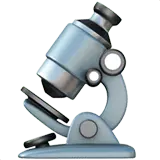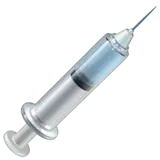Colletotrichum
anthracnose


CLASSIFICATION
Fungi, Ascomycetes, Pezizomycotina, Sordariomycetes, Glomerellaceae
ABOUT
Colletotrichum causes a fungal disease called anthracnose, characteristic with leaf spots and blight.
How to treat?
 Biological
BiologicalIf possible remove and destroy the infected plant. Burn it, toss it into the garbage, or bury it deeply. Do not compost.
For woody plants: rake the fallen leaves. Prune off and destroy infected parts of the plant.
Apply ecological products for plant protection (e.g. copper-based spray).
 Chemical
ChemicalIf necessary, apply fungicide containing chlorothalonil (GHS05: Corrosive, GHS06: Toxic, GHS07: Harmful, GHS08: Health hazard, GHS09: Environmental hazard).
If necessary, apply fungicide containing captan (GHS05: Corrosive, GHS06: Toxic, GHS07: Harmful, GHS08: Health hazard, GHS09: Environmental hazard).
 Disease prevention
Disease preventionUse resistant species and cultivars as well as healthy, certified seeds and seedlings.
Prune the plant. Pruning will increase airflow and the amount of light.
Rotate crops. Avoid planting sensitive crops in infested soil.
Keep the moisture low, avoid prolonged wetting of the leaves (e.g. by overhead irrigation) and ensure good soil drainage.
Disinfect tools, infected flower pots, and hands to avoid disease transmission.